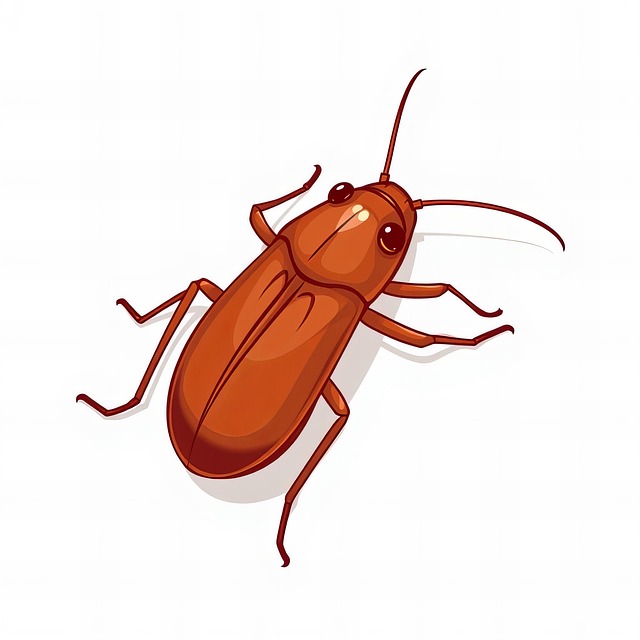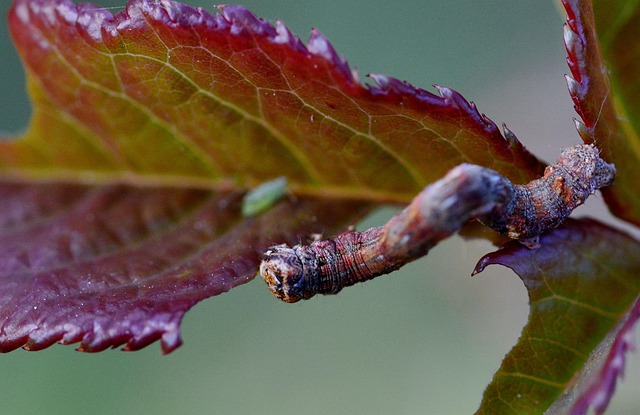Mosquitoes pose significant risks to fruit tree health in Arvada by transmitting harmful pathogens. Effective insect and disease management requires understanding mosquito behavior, identifying breeding sites, implementing protective measures, and adopting integrated pest management (IPM) techniques. Early detection of threats like aphids, whiteflies, and mites enables targeted interventions such as biological control, proper pruning, sanitation, or organic pesticides to maintain tree health and fruit production while minimizing chemical reliance.
In the vibrant, bustling landscape near Arvada, insect and disease management are vital for maintaining healthy fruit trees. This article delves into comprehensive mosquito reduction programs, offering insights on understanding these pesky vectors and their impact on fruit trees. We explore effective pest control strategies tailored to local conditions, emphasizing sustainable practices for long-term management. By implementing these techniques, folks can ensure the resilience of their fruit tree landscapes against mosquito-borne ailments, fostering a symphony of robust, indelible growth.
- Understanding Mosquitoes and Their Impact on Fruit Trees
- Implementing Effective Pest Control Strategies
- Long-term Management for Sustainable Fruit Tree Health
Understanding Mosquitoes and Their Impact on Fruit Trees

Mosquitoes, though often overlooked, can have a significant impact on fruit tree health and agriculture in areas like Arvada. These tiny insects are not just a nuisance; they are disease vectors capable of transmitting harmful pathogens to plants. In the case of fruit trees, mosquitoes can facilitate the spread of viruses, fungi, and bacteria, leading to reduced crop yield and even tree mortality. The problem is exacerbated in regions with dense vegetation and water sources, creating ideal breeding grounds for mosquitoes.
Implementing effective insect and disease management strategies for fruit trees near Arvada requires a comprehensive understanding of mosquito behavior and their interaction with plants. It involves identifying potential breeding sites, employing protective measures like physical barriers and chemical treatments, and adopting integrated pest management techniques to minimize the impact of these insects on tree health and fruit production.
Implementing Effective Pest Control Strategies

Implementing effective pest control strategies is crucial for maintaining healthy fruit trees in Arvada, especially as mosquitoes can act as vectors for various insect and disease pests. The first step involves identifying potential threats like aphids, whiteflies, and mites that can cause significant damage to tree health. Regular monitoring and early detection are key; inspectors should look for signs of infestation, such as twisted or distorted leaves, sticky residue, and webbing.
Once identified, integrated pest management (IPM) techniques offer a holistic approach. This includes cultural controls like proper planting distances, sanitation practices to remove diseased plant material, and physical barriers. Biological control involves introducing natural predators like ladybugs or parasitoids to target specific pests. Chemical interventions should be the last resort, using targeted, low-risk pesticides only when necessary to minimize environmental impact and maintain a balanced ecosystem for fruit tree health near Arvada.
Long-term Management for Sustainable Fruit Tree Health

Maintaining the health of fruit trees in Arvada requires a holistic approach, especially when it comes to long-term insect and disease management. This strategy involves a comprehensive understanding of the local ecosystem and the unique needs of each tree species. By adopting sustainable practices, arborists can effectively reduce the reliance on chemical pesticides, fostering an environment that promotes natural resistance.
Regular monitoring is key to early detection of potential pests or diseases. This includes examining leaves for signs of damage, abnormal growth, or discoloration. Once identified, targeted interventions can be implemented, such as biological control methods (introducing beneficial insects), cultural practices (like proper pruning and sanitation), or selected organic pesticides. These integrated pest management techniques ensure the long-term viability of fruit tree populations in Arvada while contributing to a healthier local environment.
Insect and disease management for fruit trees near Arvada requires a comprehensive approach that combines understanding mosquito ecology with sustainable pest control strategies. By implementing effective measures, such as habitat manipulation, biological controls, and targeted treatments, homeowners can significantly reduce mosquito populations and protect their fruit trees from damage. Long-term management involves regular monitoring and adaptive tactics to ensure the health and productivity of these valuable trees, creating a harmonious balance between nature and agriculture in our community.
